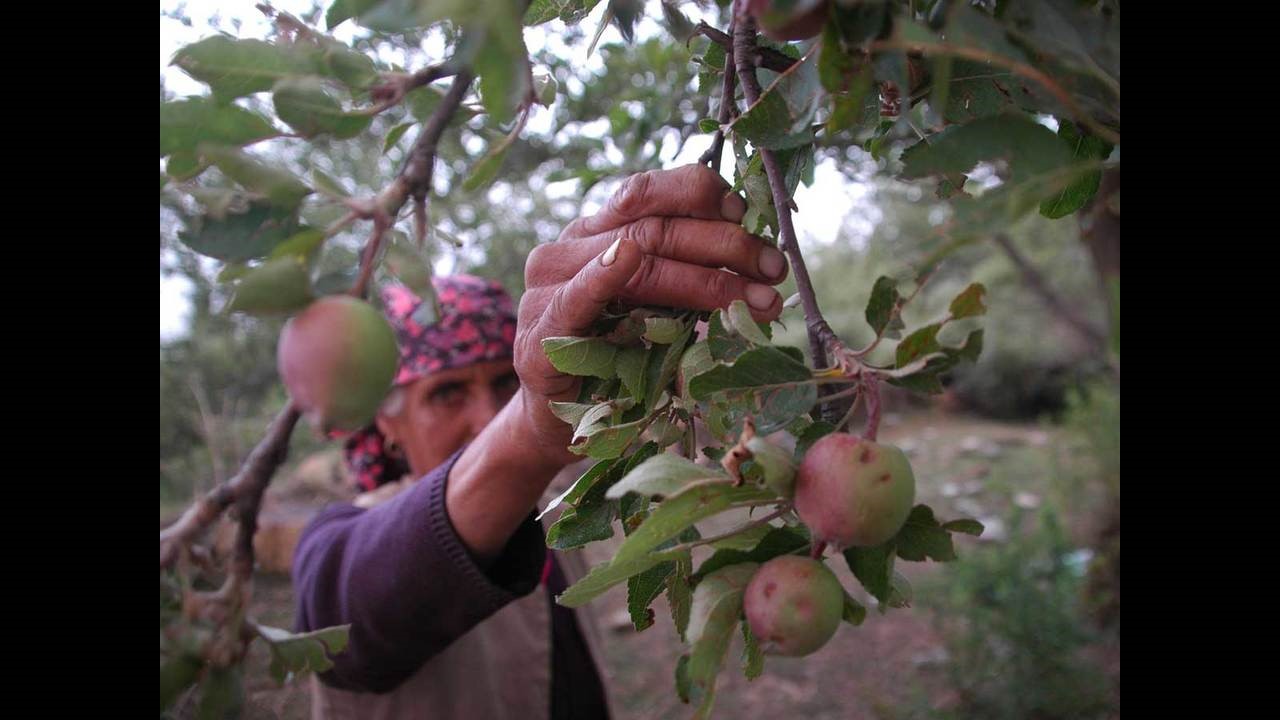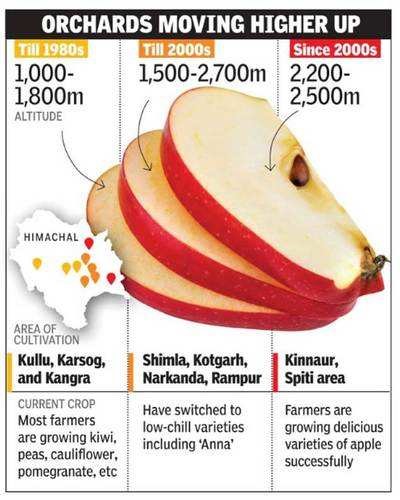Free Courses Sale ends Soon, Get It Now


Free Courses Sale ends Soon, Get It Now



Disclaimer: Copyright infringement not intended.
Context
Initial Challenges
Gradual Warming and Agricultural Shift
Impact of Natural Disasters

Socio-Economic Benefits
Expansion and Future Prospects
Conclusion
|
PRACTICE QUESTION Q. Climate change has led to the upward shift of apple cultivation in Himachal Pradesh. Analyze the factors driving this shift and evaluate the potential risks and opportunities it presents for the local agricultural economy. |
SOURCE: Down to Earth
© 2024 iasgyan. All right reserved